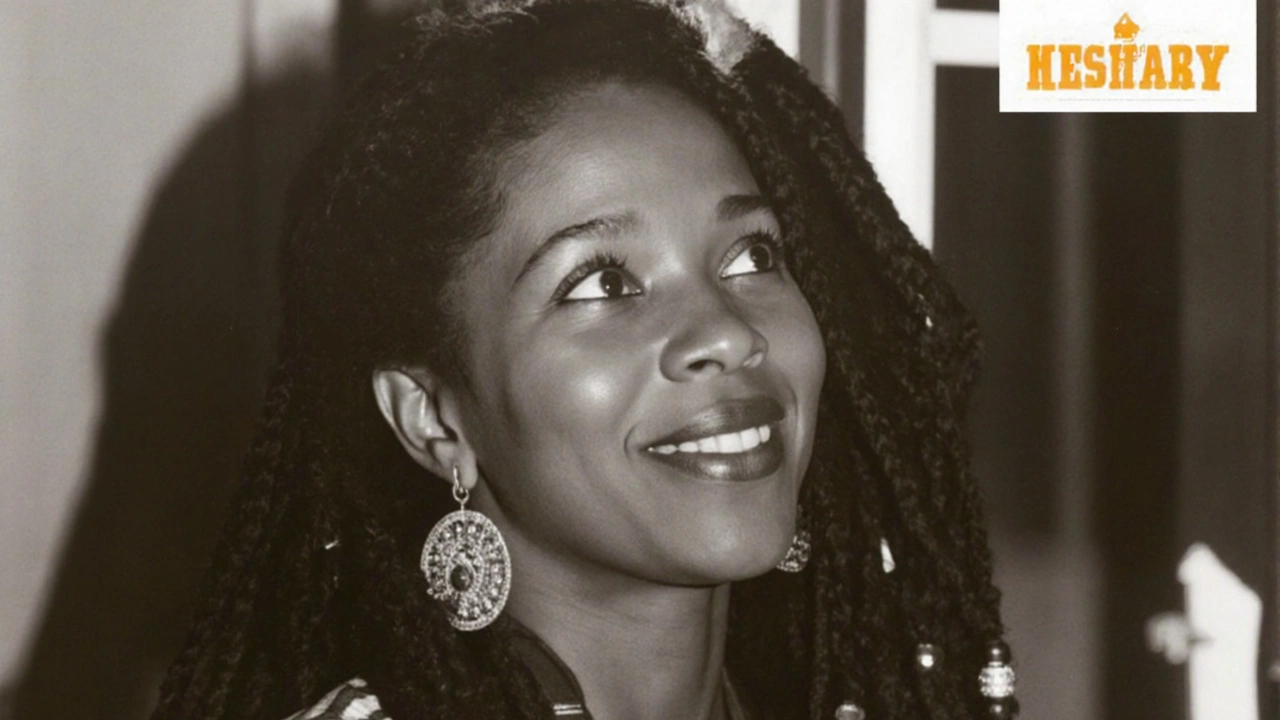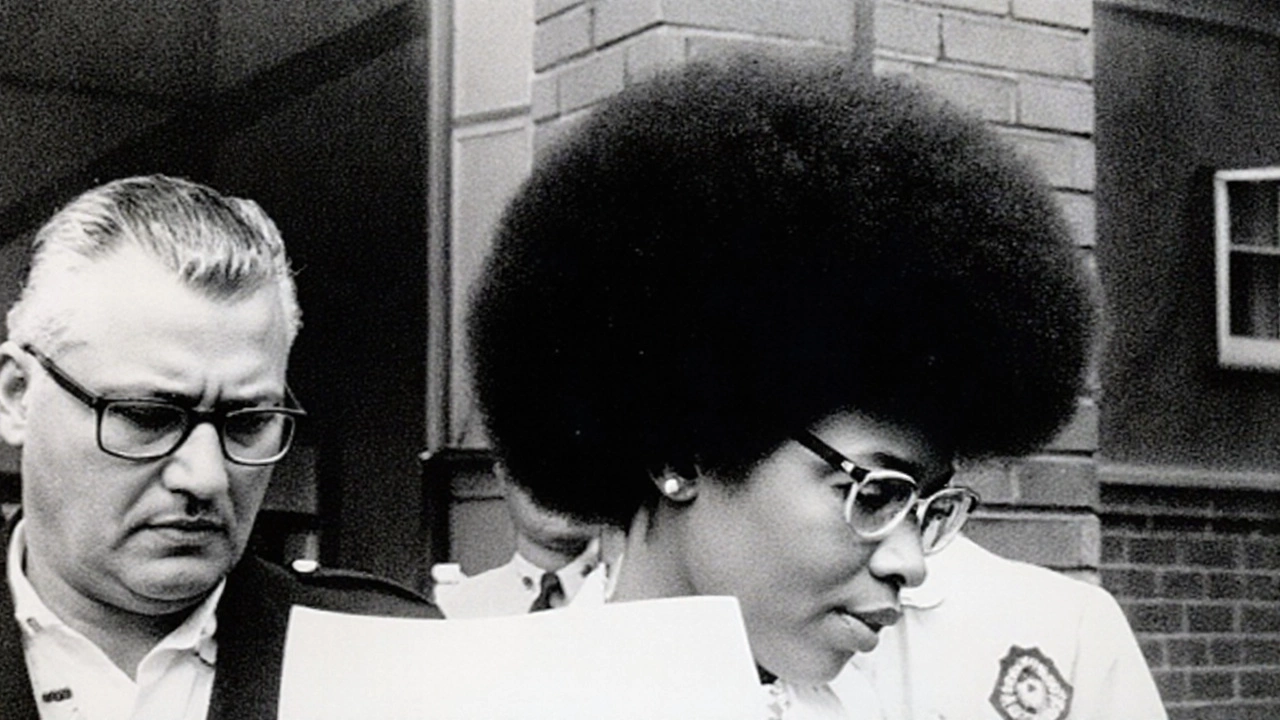
When Joanne Deborah Chesimard adopted the name Assata Shakur, she stepped into a world of radical politics, armed struggle, and a battle with U.S. law enforcement that would last more than five decades. Her story is a mix of gritty street actions, a high‑profile prison escape, and an uneasy refuge in Cuba that kept the FBI’s most wanted list buzzing for years.
The 1973 Traffic Stop That Turned Deadly
On May 2, 1973, Shakur and two comrades were pulled over on the New Jersey Turnpike for a routine traffic violation. At that point she was already wanted for bank robbery and other felonies as a member of the Black Liberation Army (BLA), an offshoot of the Black Panther movement that embraced violent tactics against the state.
According to FBI reports, the stop exploded into a gunfight. Trooper Werner Foerster was shot at point‑blank range with his own service weapon, a brutal execution that shocked New Jersey’s law‑enforcement community. A second trooper survived with injuries. Shakur herself took two bullet wounds, one of her companions died, and the third was captured.
The incident cemented her reputation as a deadly operative. Prosecutors later used the shootout as the centerpiece of a case that would land her a life sentence.

Conviction, Prison Break, and Life in Exile
In 1977 a New Jersey jury convicted Shakur of first‑degree murder, multiple assaults on police, illegal weapons possession, and armed robbery. The judge handed down a life term without parole. While behind bars, she continued to be a vocal advocate for Black liberation, writing letters and conducting interviews that kept her political profile high.
Then, on November 2, 1979, Shakur pulled off a daring escape from the Clinton Correctional Facility. She slipped through a hole in the fence, scaled a wall, and vanished into a pre‑arranged network of sympathizers. For the next few years she moved between safe houses in the U.S. and Canada, always staying a step ahead of federal agents.
By 1984 she surfaced in Havana, where the Cuban government granted her political asylum. Cuba’s decision was part of a larger Cold‑War pattern of offering refuge to American radicals, and it turned Shakur into a permanent political thorn in the side of U.S. officials.
In 2013, exactly forty years after Trooper Foerster’s murder, the FBI added Shakur to its Most Wanted Terrorists list—the first woman ever to receive that designation. Special Agent Aaron Ford announced a $2 million reward for information leading to her capture, emphasizing that no ideology shields anyone from the law.
The FBI painted Shakur as a “domestic terrorist” who continued to broadcast anti‑U.S. rhetoric from Cuba. They cited speeches, interviews, and writings in which she praised the BLA’s revolutionary goals.
Supporters, however, have consistently framed her as a political prisoner. They argue that COINTELPRO—a secret FBI program aimed at disrupting Black activist groups—targeted her from the start, linking her to crimes she didn’t commit. Documents from the 1970s reveal a dedicated investigation called CHESROB that tried to connect her to any violent act involving a Black woman on the East Coast.
Over the years, the case became a diplomatic quagmire. The U.S. pressed Cuba for extradition, but Havana refused, insisting Shakur’s asylum was a matter of political principle. The standoff echoed larger tensions between the two nations, especially after the 2015 restoration of diplomatic ties.
In September 2025, Cuban officials announced that Shakur had died in Havana on September 25, reportedly from health complications. The report closed one of the longest‑running fugitive hunts in FBI history, but it also left many questions unanswered about the legacy of a woman who spent half a century on the opposite side of two opposing governments.

Write a comment